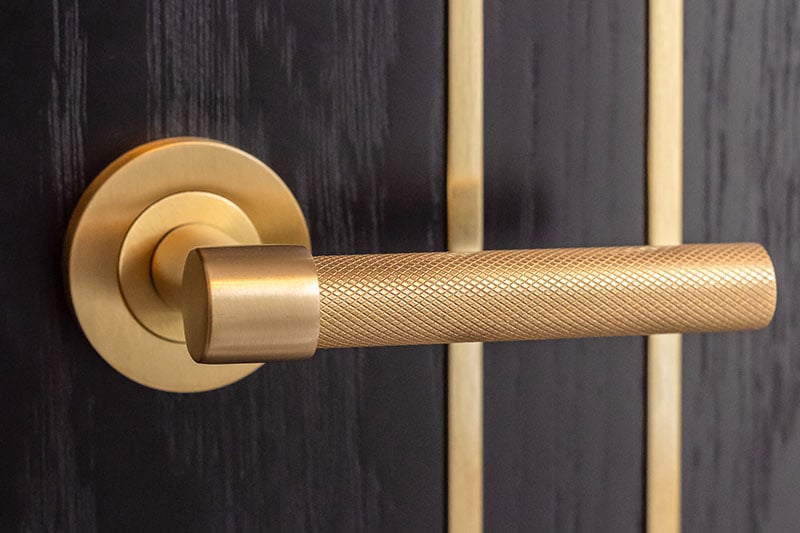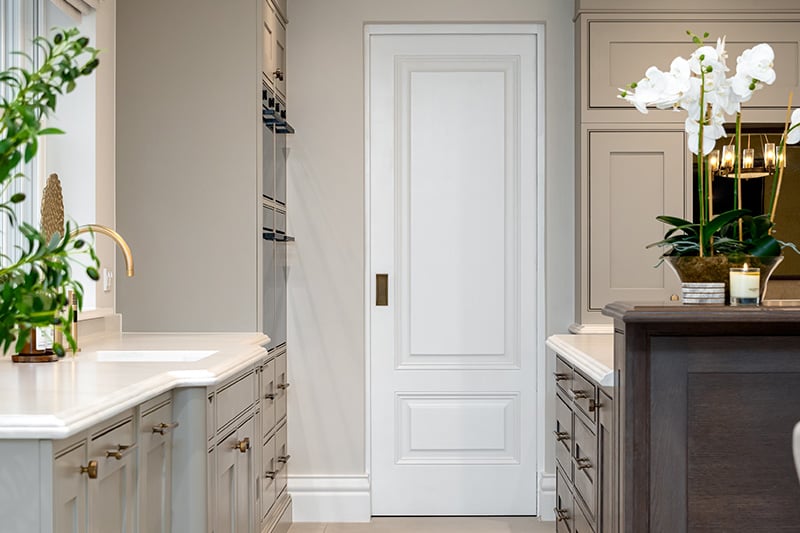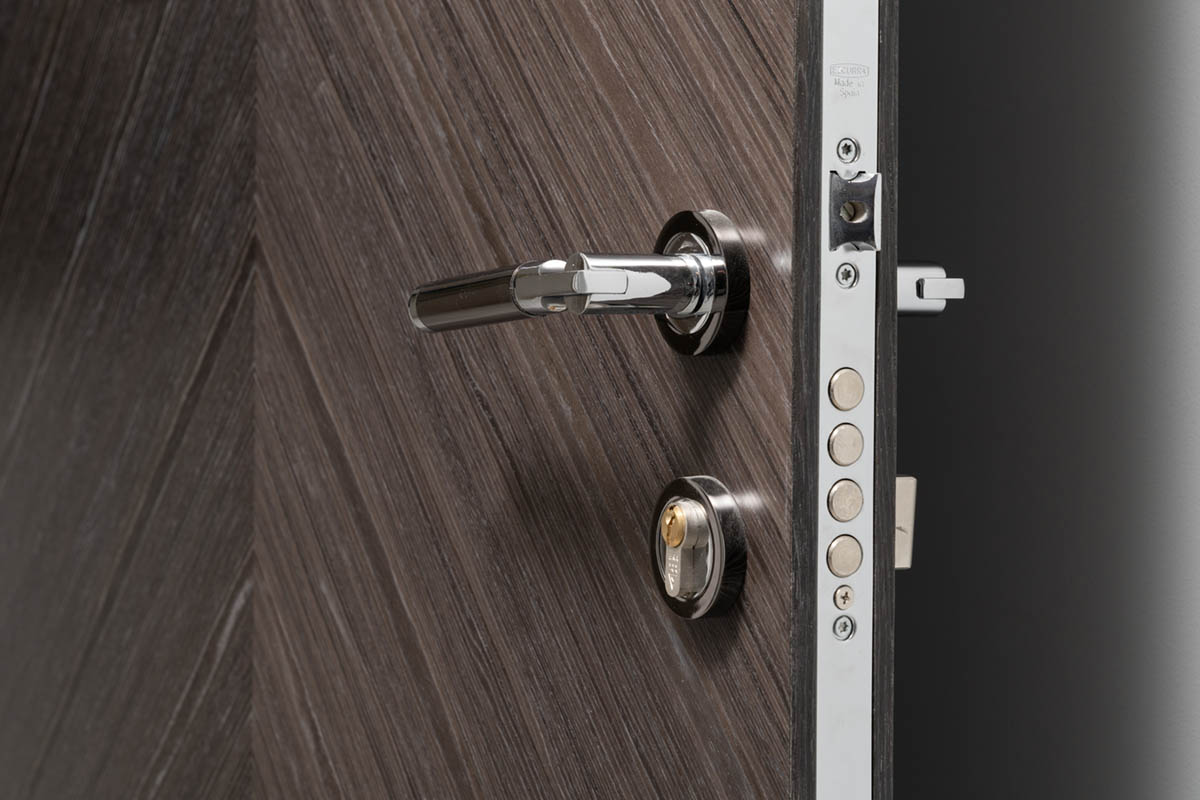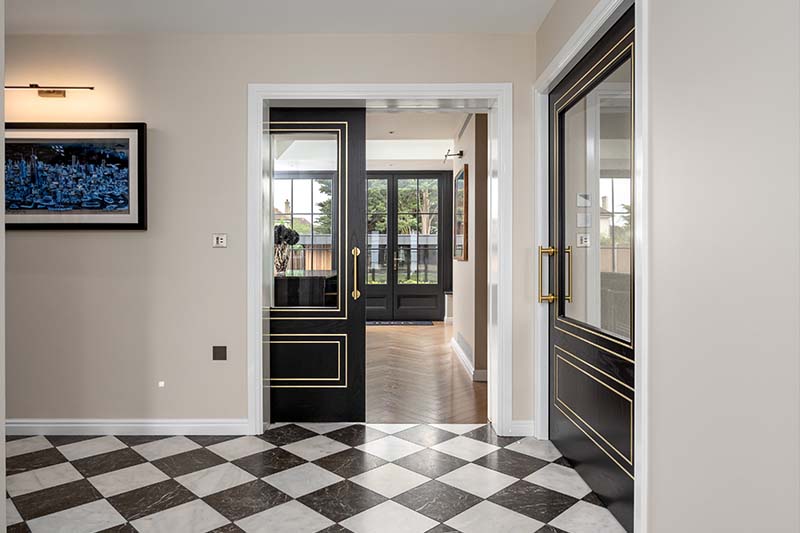Specifying Pocket Door Kits

Author: Rufus Diffey
Specifying pocket door kits can be daunting, especially if you are new to pocket doors or haven’t had them in a project before.
There are eight steps to specifying pocket door kits which we recommend you follow, based on projects we have been involved with. While these are all important, we find it best to address them in this order as best as possible, as they will layer on top of each other to narrow down to the best end result.
- Identify pocket door types. Decide on whether you are going to use a single door, or a pair of doors that come together to divide the space.
- Structural opening. Does the structural opening allow for both the door and the pocket along with the required tolerance?
- Find the finished wall thickness. This will impact the pocket kit selected and therefore the door type that can be used, as it is often easier to get doors to size than alter the wall cavity.
- Door size. Is it a single or pair of doors, and what width and height?
- Ensure compliance with regulations. Does the door and kit need to fit meet certain requirements, such as fire safety? (especially in regard to standard or fire-rated kits).
- Select appropriate aesthetics. What style of door would fit the project, whether a classic or flush door fits better, and whether it will or won’t have an architrave.
- Cover technical considerations. Determine the technical elements of the door and anything in the surroundings that might impact options, such as the door weight and the floor levels.
- Decide on accessories, e.g. synchronised pair opening, touch latches, soft close
What is included in a pocket door kit?
There is the hardware itself:
- The metal pocket, which is supplied in pieces assembled on site
- Tracks
- Runners with brackets
- Fixings
- Instructions
There are also the accessories that make the doors operate in the desired way, which include:
- Touch latches
- Synchronised opening for pairs
- Self-closers
- Soft close with anti-slam
What size door do I need?
There are two methods of choosing the door size.
One option is to start with the opening and select doors to fit it. Measure the structural opening size, deduct 70mm for tolerance, and then divide the remaining into two for the pocket and door. From this you can then choose the closest standard door size that fits.
The second option is to start with the door size and adjust the opening to accommodate them. If you have a desired door size, times this by two for the pocket and door, add 70mm for tolerance, and then create or adjust your opening to suit.
What pocket door kits are available?
At Denleigh, we have two options:
|
The first is our medium specification pocket door kit:
|
The second is our high specification pocket door kit:
|
Recommendations
In summary, my recommendations for a softly running pocket door are to use the eight steps when looking at sliding tracks on your next project, followed by a review the accessory items and identify any you would like to use, and ensure that you have identified if fire rated kits are required.
If you would like any further information or advice on pocket door kits, feel free to contact me on 01722 33706 or rufus.diffey@denleigh.co.uk.
- In June 2024, we did a webinar covering specification advice for pocket doors, which can be viewed on our website.
- If you would like more information on specifying bespoke pocket doors and ironmongery, here's a blog post that will help.
Download our Pocket Door Specification Guide:









